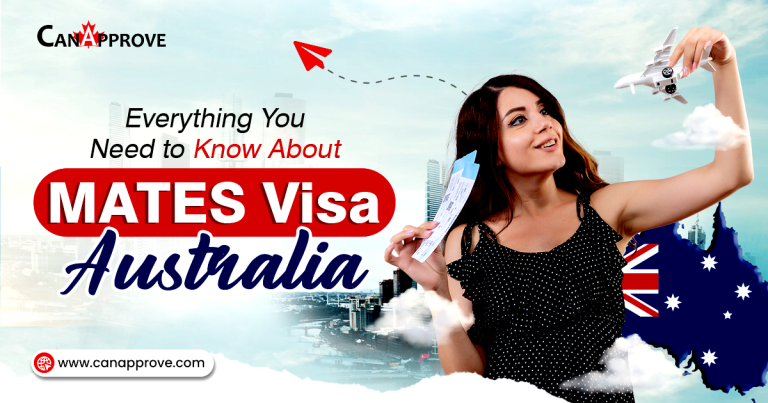Top 10 IT Jobs in Australia Offering the Highest Salaries in 2026

By Sree Lakshmi R Gopal PImmigration Content ExpertDecember 18, 2025 | 12 min readIf you’re dreaming of building a high-paying global tech career, IT jobs in Australia should be at the top of your list. By 2026, Australia is projected…









